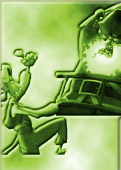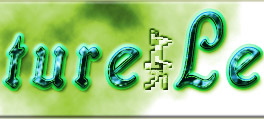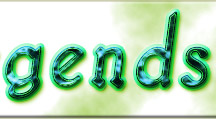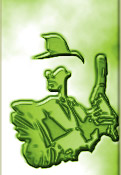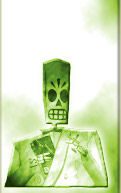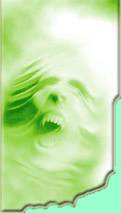| R2 Iseki e no Michi [J] | TGL | 1995 | |
|---|---|---|---|
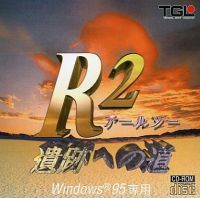 |
A role-playing game said to be Japan's first Windows 95-only game. The story was written by Japanese playwright Kenichi Matsuzaki. He is best known for his screenplays for the Mobile Suit Gundam, Super Space-Time Fortress Macross series. The story is that Princess Saron of Jainavia was sent as an envoy to the friendly country 'Alqite', but was suddenly attacked by the soldiers of 'Alqite' and cast 'flying sword' and took herself and all of her guards. He escaped from his seat, but because the magic could not be cast properly, he fell alone in the 'Landa Village' where the mountain clan 'Highland' lives and lost his memory. It is a story of going on a trip to find Sharon's memories instead of the highland custom of traveling to 'Sandolgi' to investigate ancient civilizations and uncover hidden secrets. The keys used in the game are both mouse and keyboard, and the keyboard uses arrow keys to move in four directions, SPACE BAR (open menu window), ENTER key (selection), ESC key (cancel), and CTRL key (to quickly skip conversations). Conversation with the NPC is possible by making contact without pressing a separate key. In the menu window, you can select status (character ability), item, magic, equipment, change of rank (adjust position before/after in battle), discard (discard item), and system (environment setting). Character status values are divided into HP (stamina = vitality), MP (magic power), STR (strength = attack power), DEF (defense power), AGL (agility), and MGR (magic defense). In this work, there is a concept of a level, but this does not raise the level by accumulating the character's experience points, but by accumulating the experience points of the crystals the character is equipped with. There are a total of 6 crystals: 'Mullean Crystal', 'Huger Crystal', 'Uzul Crystal', 'Ash Crystal', 'Aster Crystal', and 'Heath Crystal'. It is divided into three types: Normal/Warrior/Magic. If you wear a warrior type, your stats such as HP, STR, and DEF will increase significantly. If you wear a magic type, your stats such as MP and MGR will greatly increase, and your normal type will increase attack/magic uniformly, but each ability is inferior to that of the warrior/magic type. You can change the type of crystal by talking to the crystal shop or artisan in town. Crystals that are not equipped by party members are a system that gains experience and level-up, so the level of a new ally acquired during gameplay or who rejoins after leaving the story takes over the level of the crystal. Crystal fills the vacant spot when there are no companions, and it can be said to be a kind of level/experience storage. Commands that can be selected in battle are Attack/Magic (Speciality)/Defense/Auto (Auto Battle)/Item (Use Item)/Status (Check stats)/Escape. Battles occur with random encounters, and the encounter rate is sometimes severe. Normally I'm fine, but when the encounter rate gets worse, a fight occurs even if I haven't walked a few times. In extreme cases, one battle is over, but as soon as you take one step, another battle occurs. Each time a battle occurs, the battle screen is displayed from top to bottom, from bottom to top, left to right, right to left, etc. It was quite refreshing to see the front direction of the main character's party change. Magic is common to all characters, but some characters are sometimes marked as special rather than magic. Items can be obtained from the shop or by opening a treasure chest in the dungeon/field, but at the end of the game, in the dungeon or character-specific The best equipment will drop. Until then, it is inefficient to go through the crazy encounter rate and recover it because it contains money or consumption recovery items. (I think I will be crushed by the encounter rate, but the feeling when the treasure chest I found contains 10 won or the items with the lowest recovery rate, such as bread and jam... There are 'grocery stores' and 'inns'. Blacksmiths and groceries differ only in signage, but the products they actually sell are the same as those in weapon stores/tool stores. The reason why the grocery store is classified separately is that the recovery item in the early and mid-game is a type of bread that recovers stamina. Mana recovery is because it is a kind of fruit. Data loading can be done by opening the menu window, and data saving is only possible with the golden statue of the goddess in town. The save environment is a bit tight, but there are health recovery fountains and magic power recovery fountains on the field, so it's better to have a way to survive until you arrive in town for a save. As an aside, the domestic release of this game has a unique history. The domestic game magazine 'Game Magazine' called it 'Ninja Mode' and made its own modified patch version with a mode that eliminates random encounters, and wrote 'R2 Modified Version 0.1 Game Magazine September Issue Special Addendum' on the title screen. It was presented as an appendix to the bundled CD of the September 1998 issue. | ||
|
1 2 |
|
||
|
|
|
||
